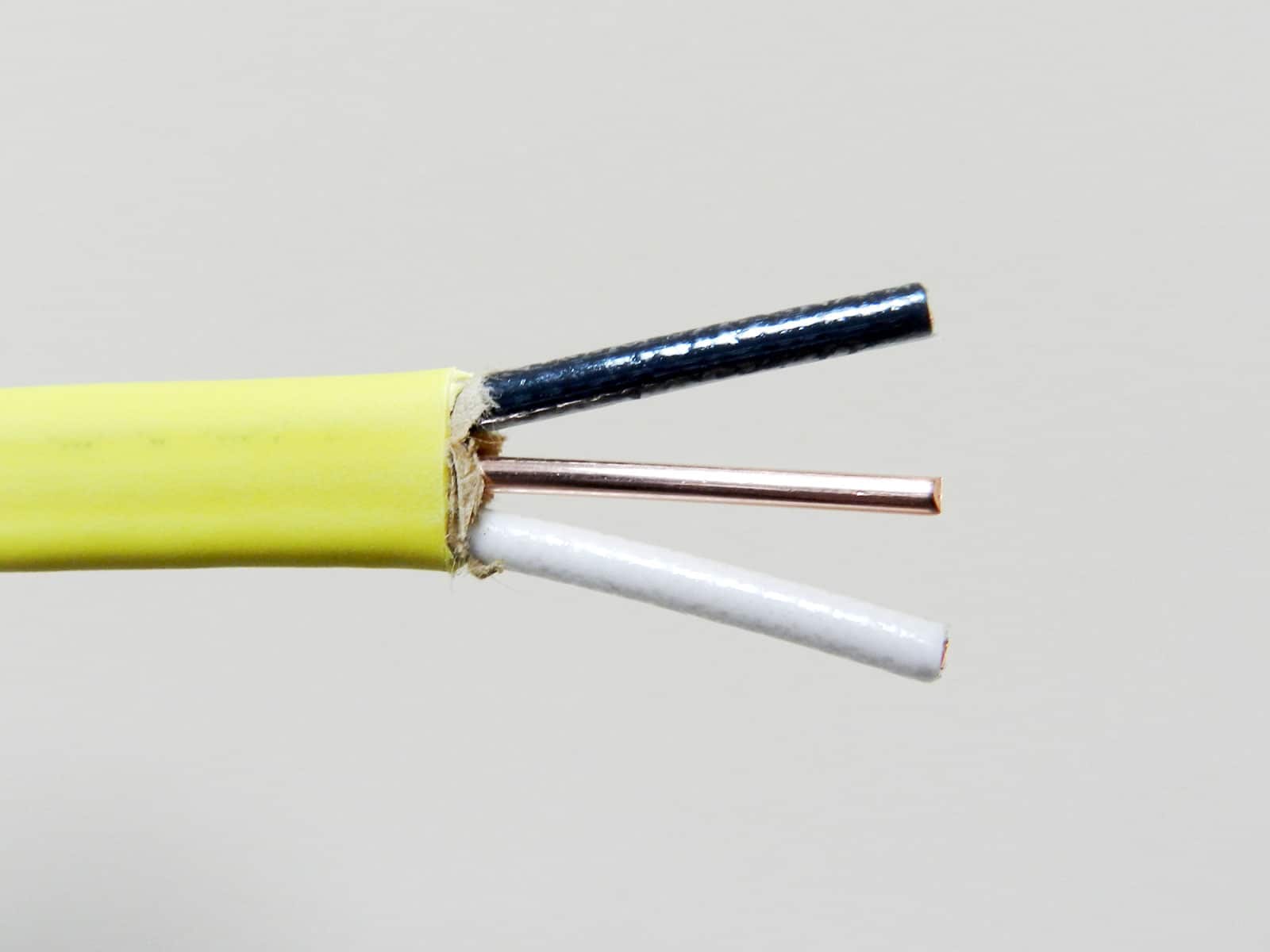

Articles
What Size Conduit For 12/2 Wire
Modified: May 6, 2024
Find out the ideal conduit size for 12/2 wire and gain insights through our informative articles on electrical installations.
(Many of the links in this article redirect to a specific reviewed product. Your purchase of these products through affiliate links helps to generate commission for Storables.com, at no extra cost. Learn more)
Introduction
When it comes to electrical installations, it is crucial to ensure that the right size conduit is used for the specified wire size. Using the correct conduit size not only ensures the safety of the electrical system but also helps to maintain the efficiency of the installation.
In this article, we will discuss the important factors to consider when determining the appropriate conduit size for 12/2 wire, which is commonly used for residential electrical applications. We will also explore the guidelines outlined by the National Electrical Code (NEC) to ensure compliance and safety.
Understanding the relationship between conduit size and wire size is essential for electricians, homeowners, and anyone involved in electrical installations. By choosing the correct conduit size, you can prevent issues such as overheating, wire damage, and potential hazards. So let’s dive in and learn more about conduit and wire size considerations.
Key Takeaways:
- Choosing the correct conduit size for 12/2 wire is crucial for safety and efficiency. Consider factors like insulation type, future expansions, and bundling effects to ensure a reliable electrical installation.
- Adhering to NEC guidelines and consulting with experts can help determine the appropriate conduit size for 12/2 wire. Consider factors like number of conductors, insulation type, and environmental conditions for a compliant and safe electrical system.
Read more: What Size Conduit For 6/3 Wire
Understanding Conduit and Wire Size
Conduit is a protective tubing or piping system used to encase electrical wires and cables. It serves as a safeguard against physical damage, moisture, and other external elements that could potentially compromise the safety and functionality of the wires. Conduit can be made of various materials such as PVC, metal, or flexible tubing.
Wire size refers to the diameter of the electrical wire, which is measured in American Wire Gauge (AWG). The AWG system assigns a specific number to each wire size, with smaller numbers indicating thicker wires. For example, a 12 AWG wire is thicker than a 14 AWG wire.
When selecting the appropriate conduit size for a specific wire size, there are several factors to consider. These include the number of conductors, the type of insulation, and the application of the electrical system.
The number of conductors refers to the individual wires within the conduit. For example, in a residential electrical circuit, a 12/2 wire indicates two conductors plus a grounding wire. So, when determining the conduit size for 12/2 wire, you need to account for the space required for the two conductors.
The type of insulation on the wire is another crucial consideration. Different types of insulation require different spacing within the conduit to ensure proper heat dissipation and prevent overheating. For instance, non-metallic sheathed cables (NM) commonly used in residential applications have specific spacing requirements compared to other types of wires.
Additionally, the application of the electrical system also affects conduit size. For example, if the wire is intended for outdoor use or in areas where it may be exposed to moisture, a larger conduit size may be necessary to accommodate additional protective measures, such as insulation or additional wires.
Understanding these aspects of conduit and wire size is essential to make informed decisions when planning and installing electrical systems. By ensuring the right conduit size for the specific wire size and considering the number of conductors, insulation type, and application, you can maintain a safe and efficient electrical installation.
Factors to Consider
When determining the appropriate conduit size for 12/2 wire, there are several key factors to consider. These factors help to ensure the safety, efficiency, and compliance of the electrical installation. Let’s explore them in more detail:
- Number of conductors: The number of conductors refers to the individual wires within the conduit. For 12/2 wire, there are two conductors (a hot wire and a neutral wire) plus a grounding wire. It is essential to consider the space required for these conductors when selecting the conduit size.
- Type of insulation: Different types of wire insulation have specific spacing requirements within the conduit to dissipate heat properly and prevent overheating. For example, non-metallic sheathed cables (NM) commonly used in residential applications require specific spacing. It is important to consult the manufacturer’s guidelines to determine the appropriate conduit size for the specific insulation type.
- Bundling and derating: If you are running multiple conduits with multiple wires, it is important to consider the effect of bundling on the wires’ ampacity. When multiple wires are bundled together, they generate more heat, which can affect the allowable current carrying capacity. This is known as derating. Consulting the NEC guidelines and calculating the derating factors is crucial in determining the appropriate conduit size.
- Future expansions: When planning an electrical installation, it is wise to consider any future expansions or additions to the system. If there is a possibility of adding more circuits or wires in the future, it is recommended to choose a conduit size that can accommodate these future expansions. This will ensure ease of installation and prevent the need for upgrading the conduit later.
- Environmental factors: The environment in which the electrical system will be installed is another important consideration. If the system will be exposed to moisture, extreme temperatures, or other harsh conditions, it may require additional protection. In such cases, a larger conduit size might be necessary to allow for insulation or extra space for additional wires.
Considering these factors is crucial in determining the appropriate conduit size for 12/2 wire. By taking into account the number of conductors, insulation type, bundling and derating effects, future expansions, and environmental factors, you can ensure a safe, efficient, and compliant electrical installation.
When running 12/2 wire, it is recommended to use a 1/2 inch conduit to ensure proper spacing and avoid any potential overheating of the wire. Always consult local building codes and regulations before starting any electrical work.
NEC Guidelines for Wire Size and Conduit Fill
The National Electrical Code (NEC) provides guidelines and standards to ensure the safe installation and use of electrical systems. These guidelines specify the maximum number of conductors allowed in a conduit based on the conduit size and the wire size being used.
The NEC provides tables that outline the maximum allowable fill percentages for different types of conduits and wire sizes. These tables take into account factors such as wire insulation type, the number of conductors, and the diameter of the conductors.
The maximum allowable fill percentage is important to prevent overcrowding of the conduit, which can lead to increased heat buildup and potential safety hazards. Overfilling a conduit can also make it difficult to install and pull the wires through, which can cause damage to the wires or the conduit itself.
For example, according to NEC Table 1, the maximum allowable fill percentage for non-metallic sheathed cables (NM) with 12 AWG wires is 31%. This means that the total cross-sectional area of the conductors inside the conduit should not exceed 31% of the internal cross-sectional area of the conduit.
It is important to note that different conduit types, such as PVC, metallic, or flexible conduits, have different maximum fill percentages. Therefore, it is crucial to consult the NEC tables specific to the conduit type being used.
When selecting a conduit size for 12/2 wire, be sure to choose a conduit that can accommodate the maximum number of conductors allowed as per the NEC guidelines. This will ensure compliance with safety standards and help maintain the integrity of the electrical system.
It is worth mentioning that the NEC guidelines are subject to updates and revisions. It is essential to refer to the most recent edition of the NEC and consult local electrical codes and regulations to ensure compliance with the specific requirements in your area.
Conduit Size Recommendations for 12/2 Wire
When considering the conduit size for 12/2 wire, it is important to adhere to the guidelines provided by the National Electrical Code (NEC) and consider the specific installation requirements. Here are the commonly recommended conduit sizes for 12/2 wire:
- 1/2-inch conduit: This is the most common conduit size for residential applications where 12/2 wire is used. A 1/2-inch conduit is suitable for single circuits or small installations where space is limited. However, if you plan to run multiple circuits or anticipate future expansions, it may be wise to choose a larger conduit size to allow for additional wires.
- 3/4-inch conduit: If you anticipate running multiple circuits or foresee the need for future expansions, a 3/4-inch conduit would be a better choice. This larger conduit size provides more room for additional wires and offers flexibility for future modifications or additions to the electrical system.
- 1-inch conduit: For complex residential or commercial electrical installations that involve a significant number of circuits or large-scale systems, a 1-inch conduit may be necessary. This size can accommodate a higher number of conductors and provides ample space for larger wire sizes if required.
- Bundling considerations: When multiple conduits are used in parallel or if multiple wires are bundled together within a single conduit, derating factors must be considered. These factors ensure that the wires’ ampacity is not exceeded due to heat buildup. It is important to consult NEC guidelines and calculate the appropriate derating factors when determining the conduit size for bundled 12/2 wires.
It is crucial to remember that the conduit size recommendations mentioned here are general guidelines, and specific requirements may vary depending on local electrical codes and regulations. It is recommended to consult with a qualified electrician or refer to the NEC and local building codes to determine the appropriate conduit size for your specific installation.
Choosing the correct conduit size for 12/2 wire is essential to ensure the safety, efficiency, and compliance of the electrical system. By considering factors such as the number of conductors, future expansions, and bundling considerations, you can make an informed decision and create a reliable electrical installation.
Read more: What Size Conduit For A 4-Gauge Wire
Conclusion
Choosing the right conduit size for 12/2 wire is crucial for a safe, efficient, and compliant electrical installation. By considering factors such as the number of conductors, type of insulation, bundling and derating effects, future expansions, and environmental factors, you can make informed decisions and ensure the integrity of the electrical system.
The National Electrical Code (NEC) provides guidelines and standards for wire size and conduit fill, specifying the maximum allowable fill percentages for different conduit types and wire sizes. It is imperative to consult these guidelines and reference the most recent edition of the NEC to ensure compliance with safety standards and local electrical codes.
For 12/2 wire, commonly used in residential applications, recommended conduit sizes include 1/2-inch, 3/4-inch, and 1-inch conduits. The choice of conduit size should take into account the specific installation requirements, such as the number of circuits, future expansions, and bundling considerations.
Working with a qualified electrician or consulting with local authorities can provide valuable guidance when determining the appropriate conduit size for 12/2 wire. They can help ensure that the electrical installation meets all safety regulations and allows for effective wire management within the conduit.
Remember, choosing the correct conduit size not only enhances the safety and efficiency of the electrical system but also allows for ease of installation, maintenance, and future modifications. It is worth investing the time and effort to ensure that your electrical system is properly protected and compliant with all relevant standards and regulations.
By understanding and following the guidelines presented in this article, you can confidently select the right conduit size for 12/2 wire and create a reliable and durable electrical installation for your specific needs.
Curious about tackling more DIY electrical and installation projects? Don't miss our guide on how to run overhead electrical wire to your garage, providing you with all the practical advice needed for safe and efficient electrical wiring. Also, check out our step-by-step process on how to seamlessly install conduit in your wall, ensuring your home improvements meet the highest standards of safety and aesthetics. Both articles are packed with tips to make your projects run smoother!
Frequently Asked Questions about What Size Conduit For 12/2 Wire
Was this page helpful?
At Storables.com, we guarantee accurate and reliable information. Our content, validated by Expert Board Contributors, is crafted following stringent Editorial Policies. We're committed to providing you with well-researched, expert-backed insights for all your informational needs.
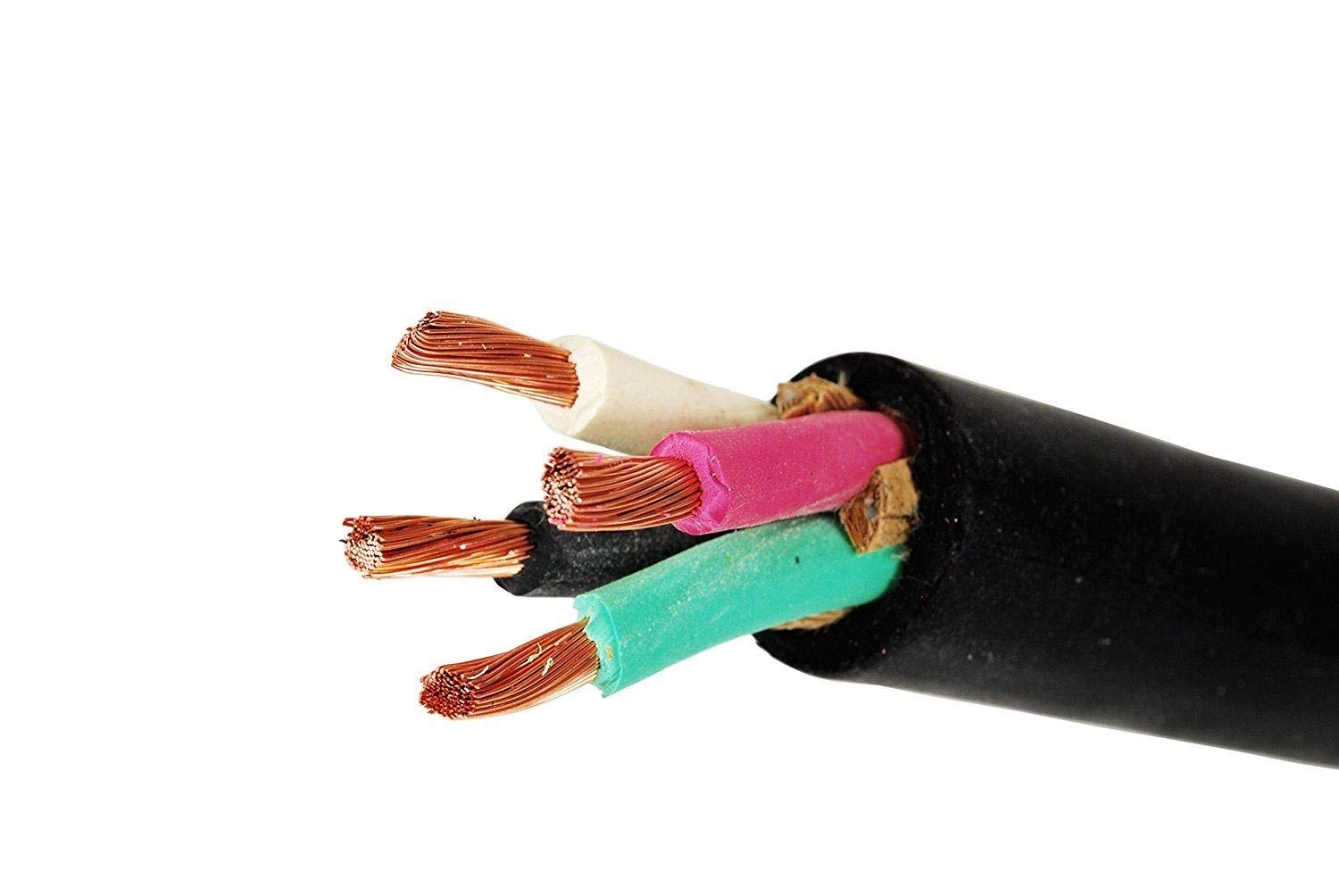
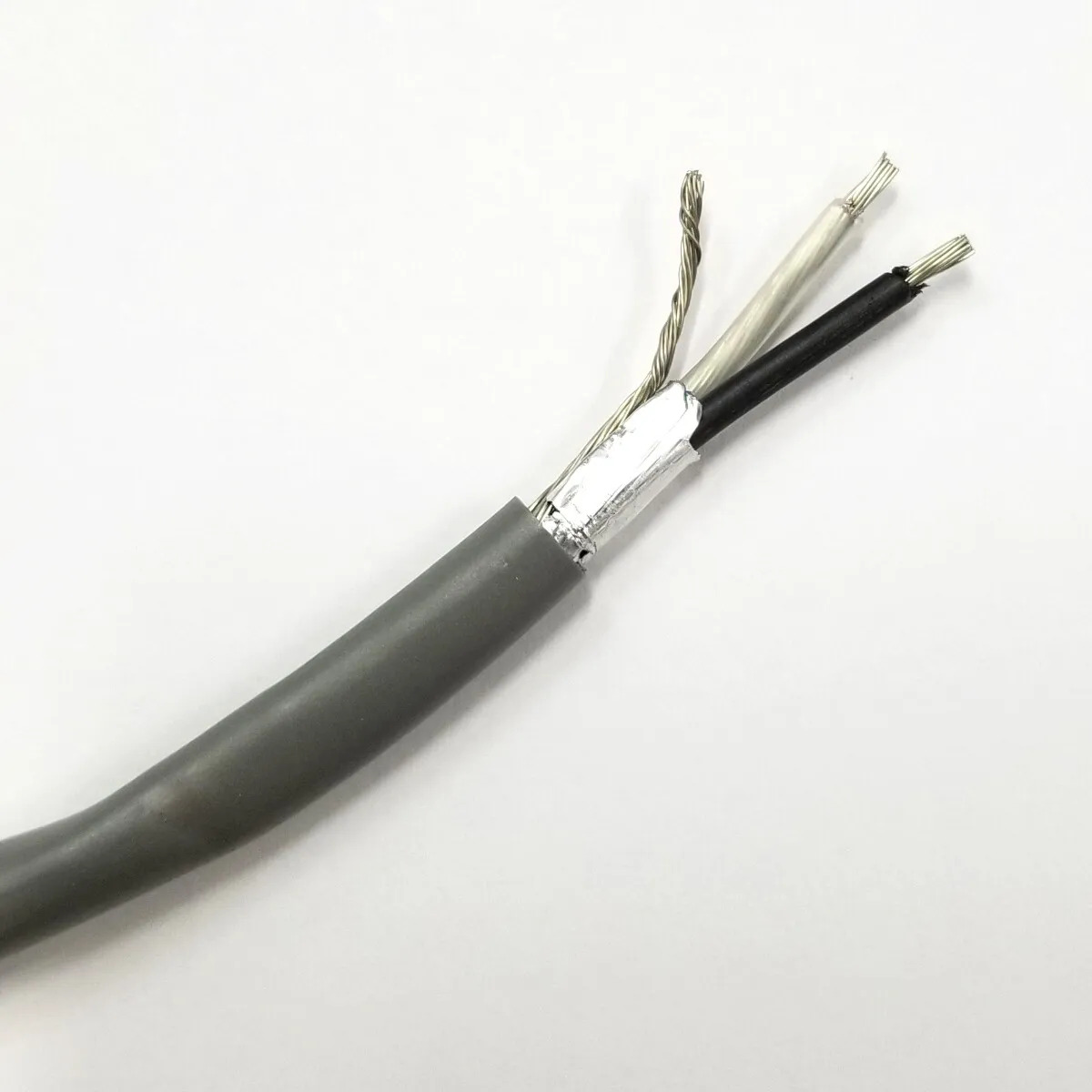
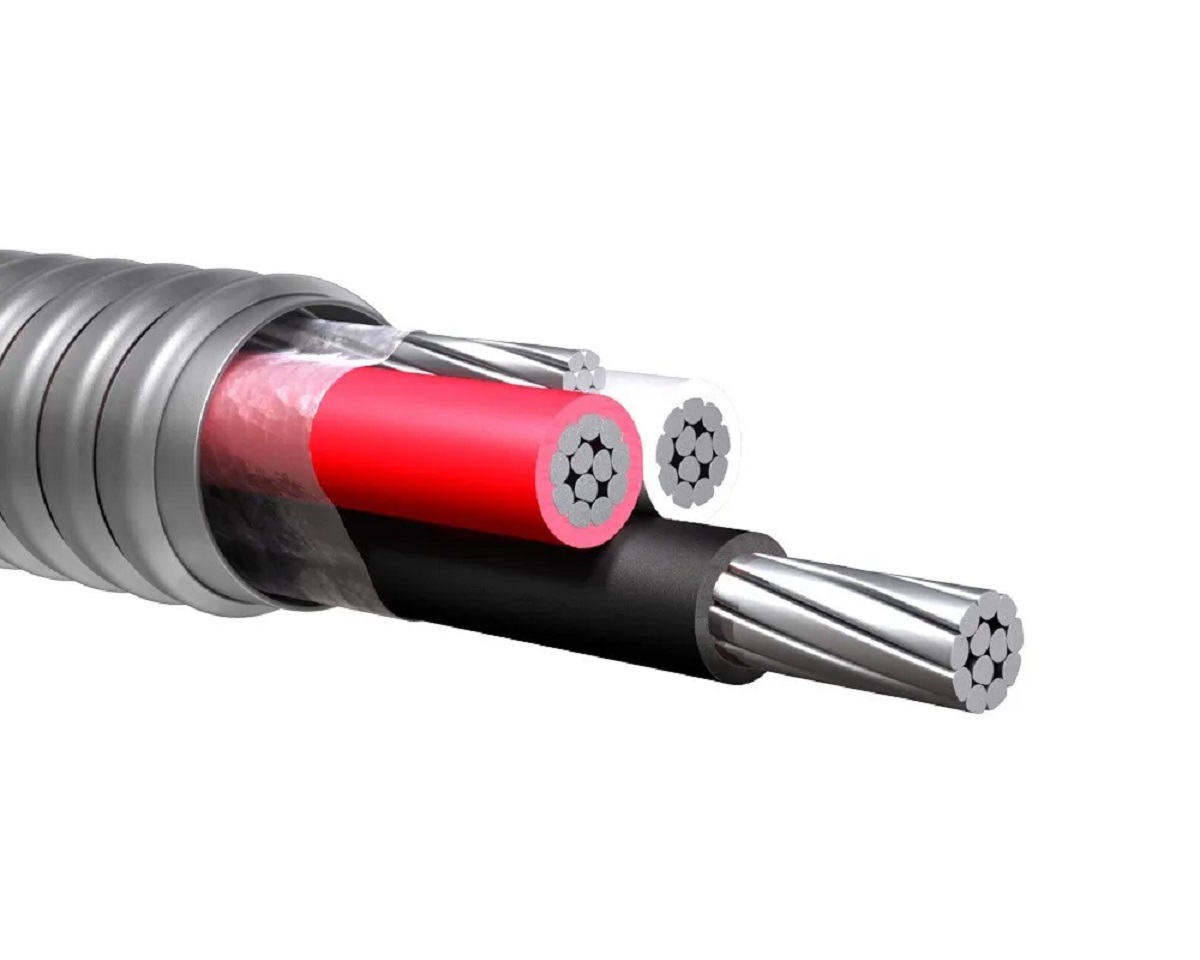
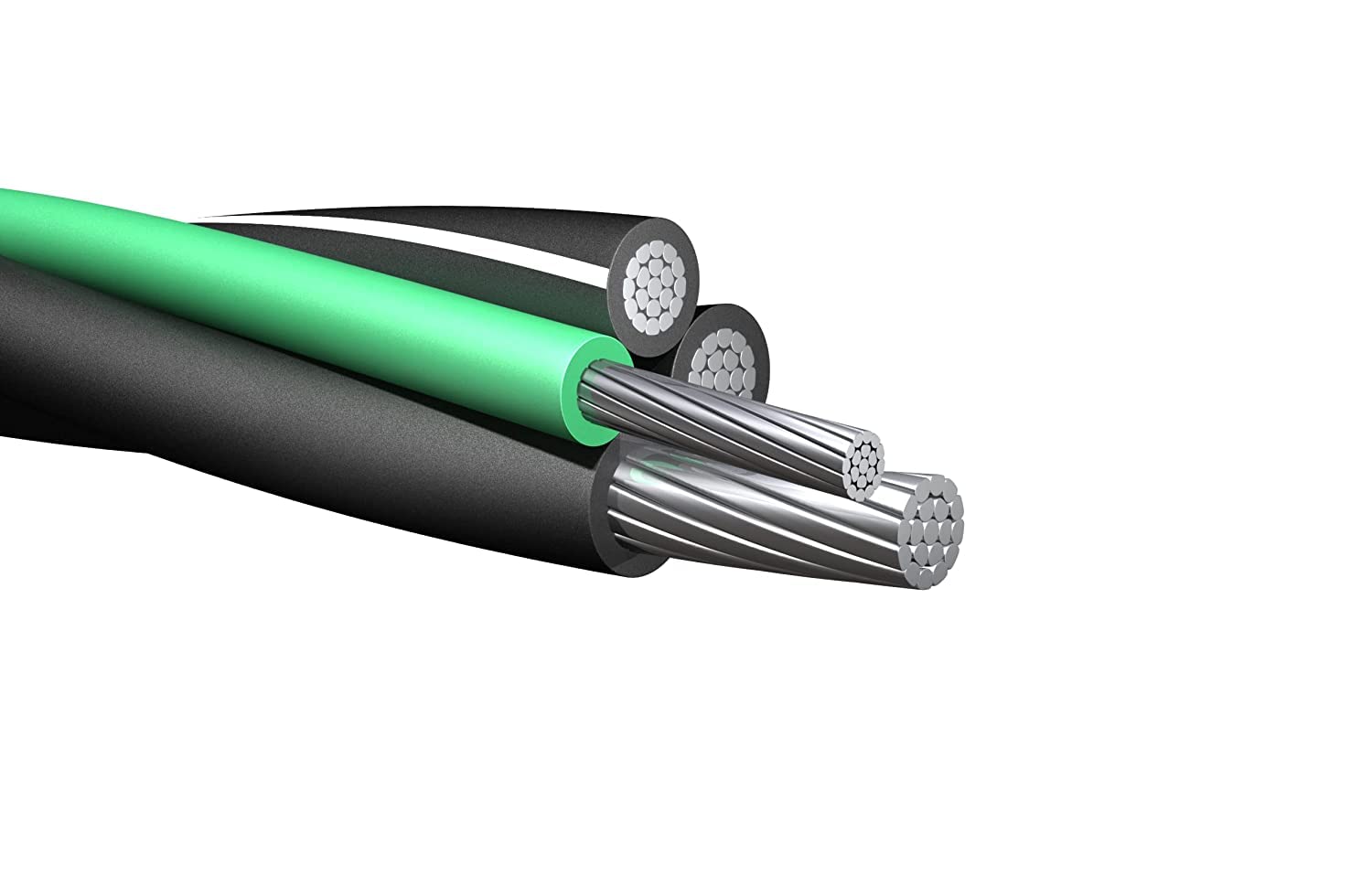
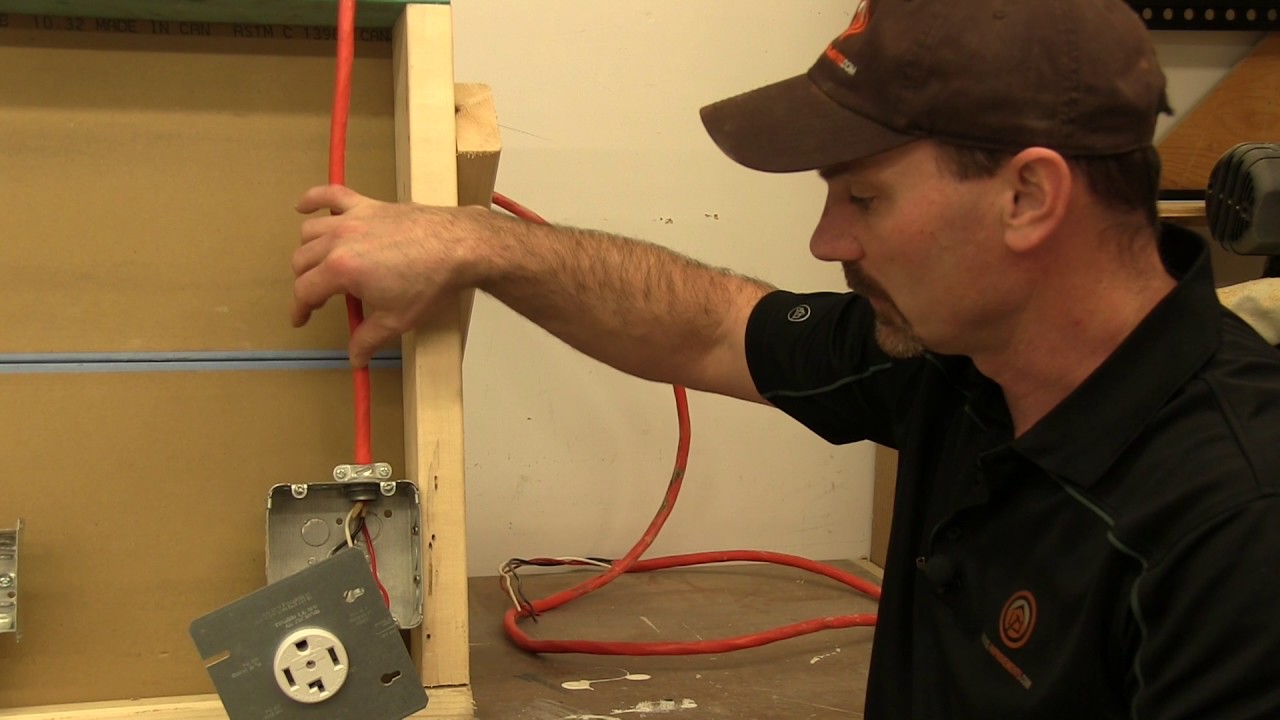
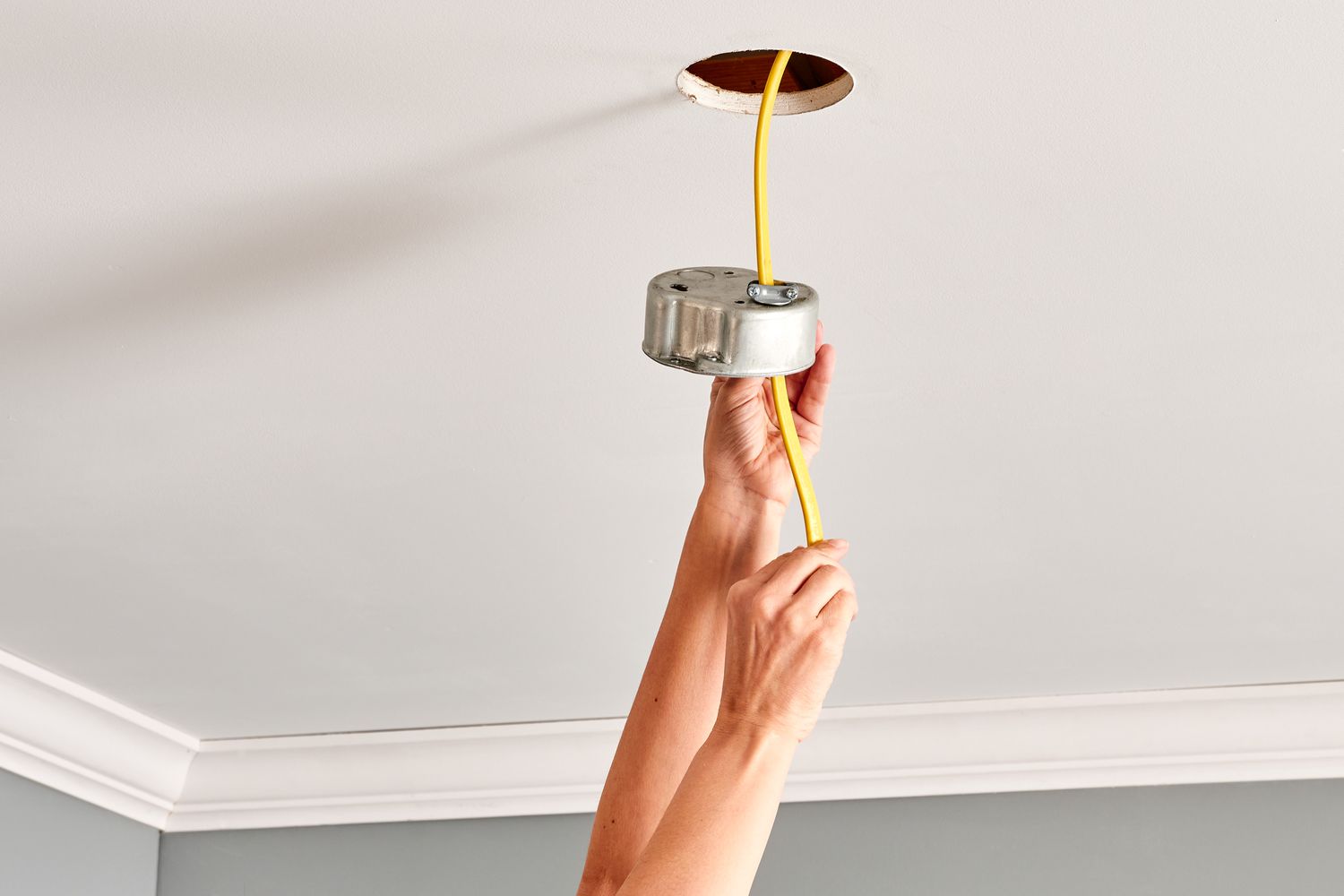
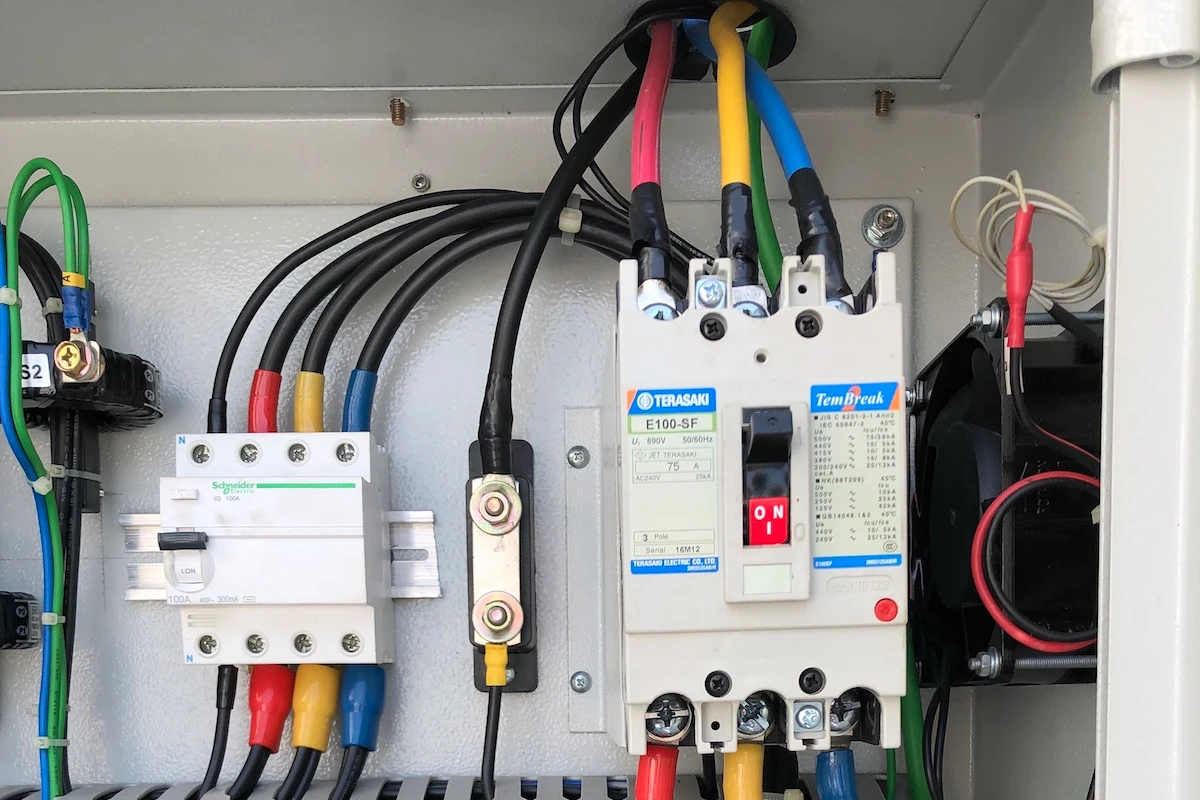
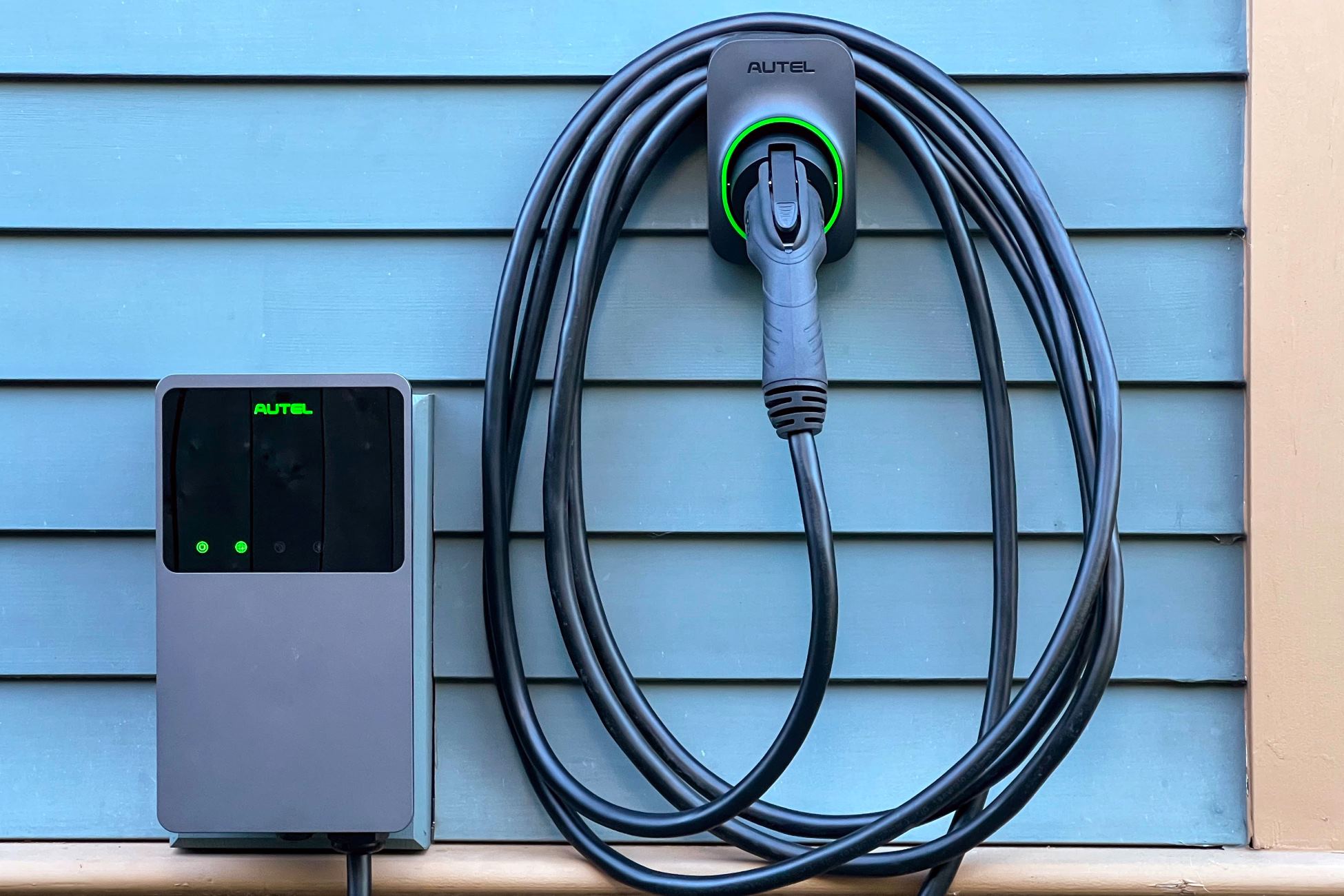
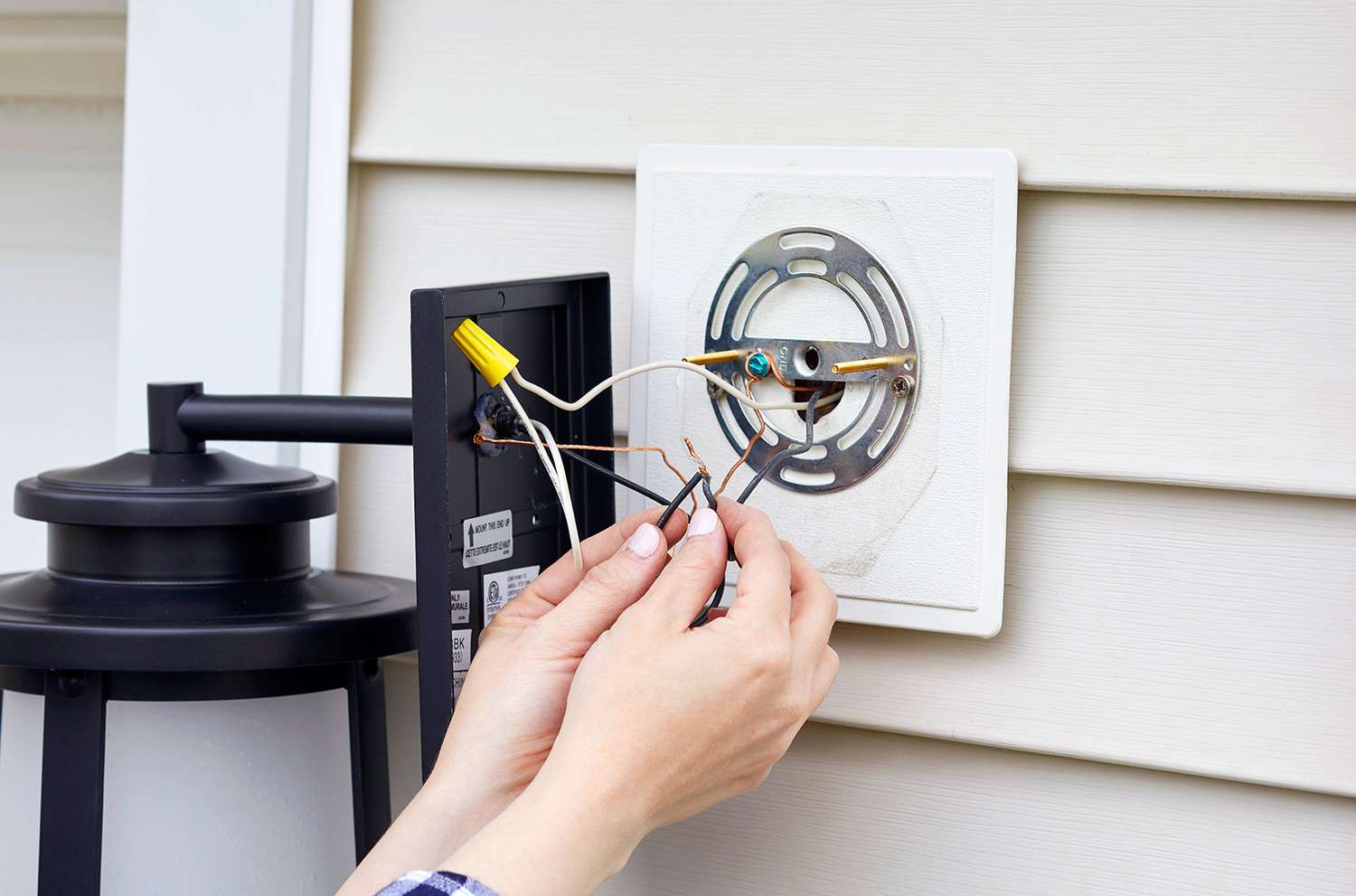
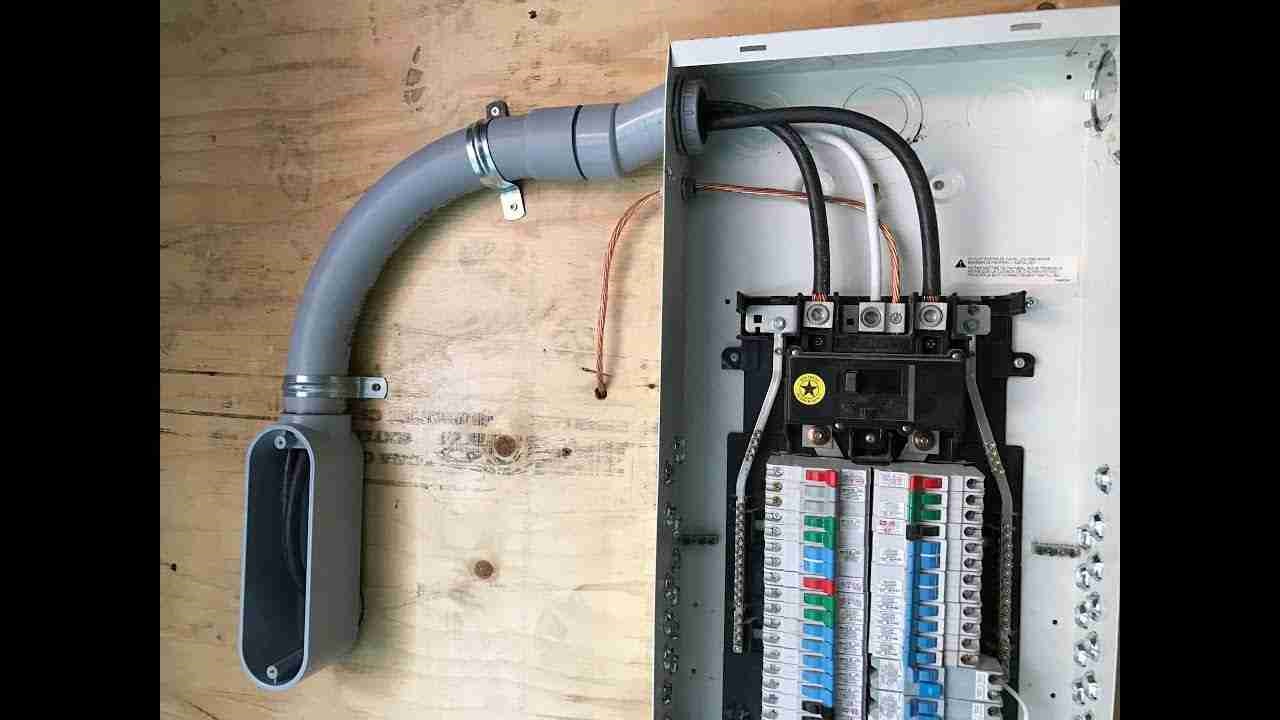
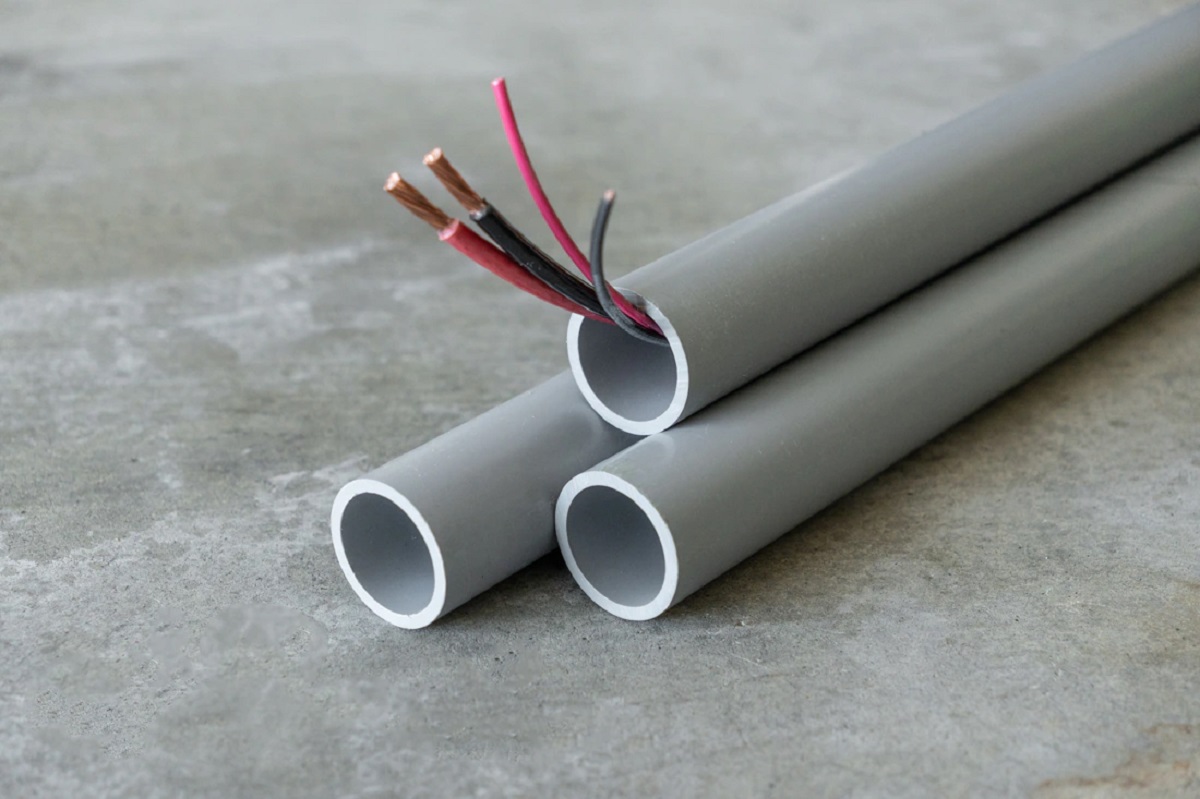
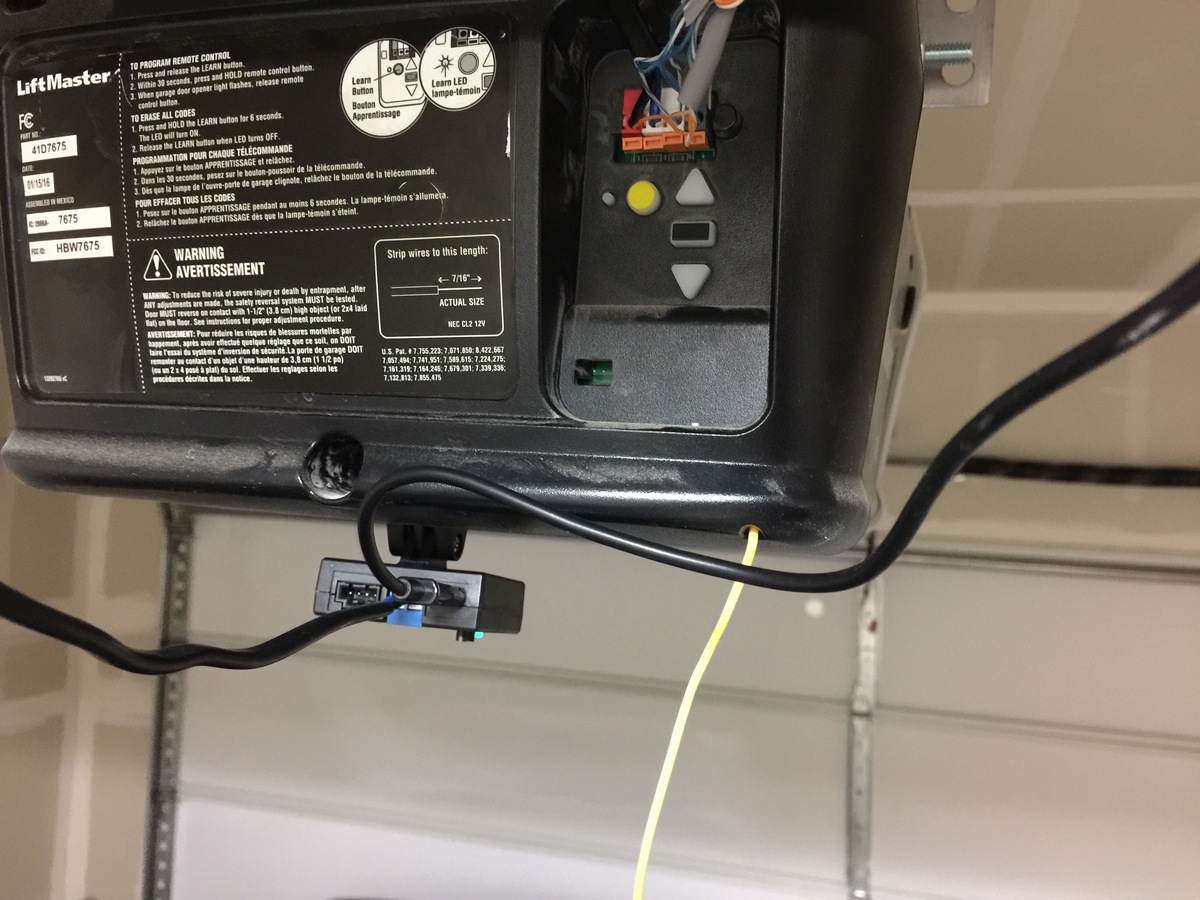
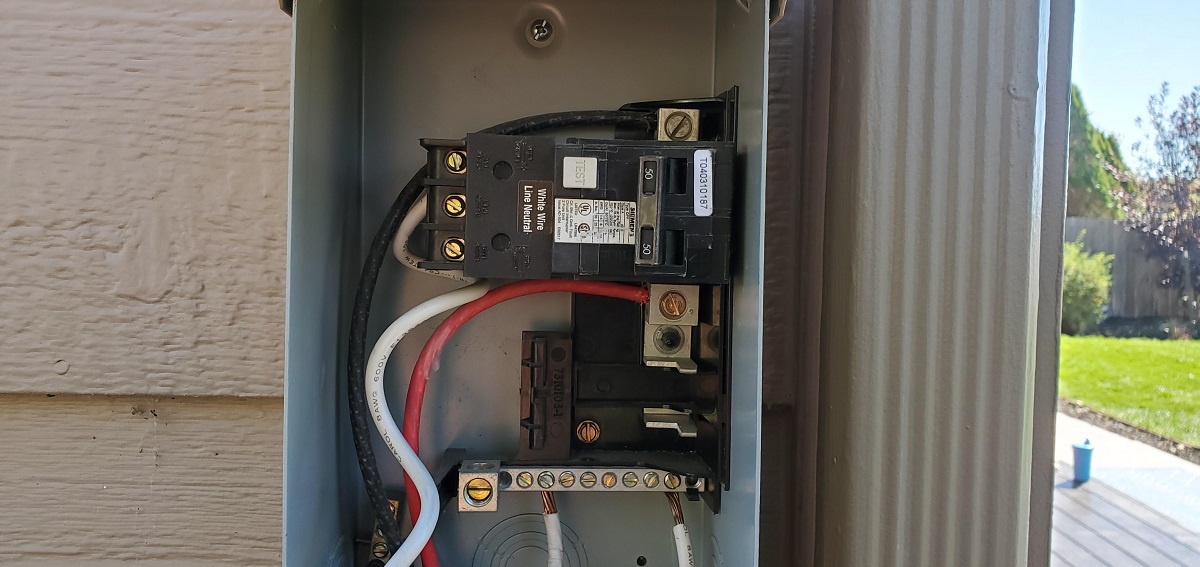
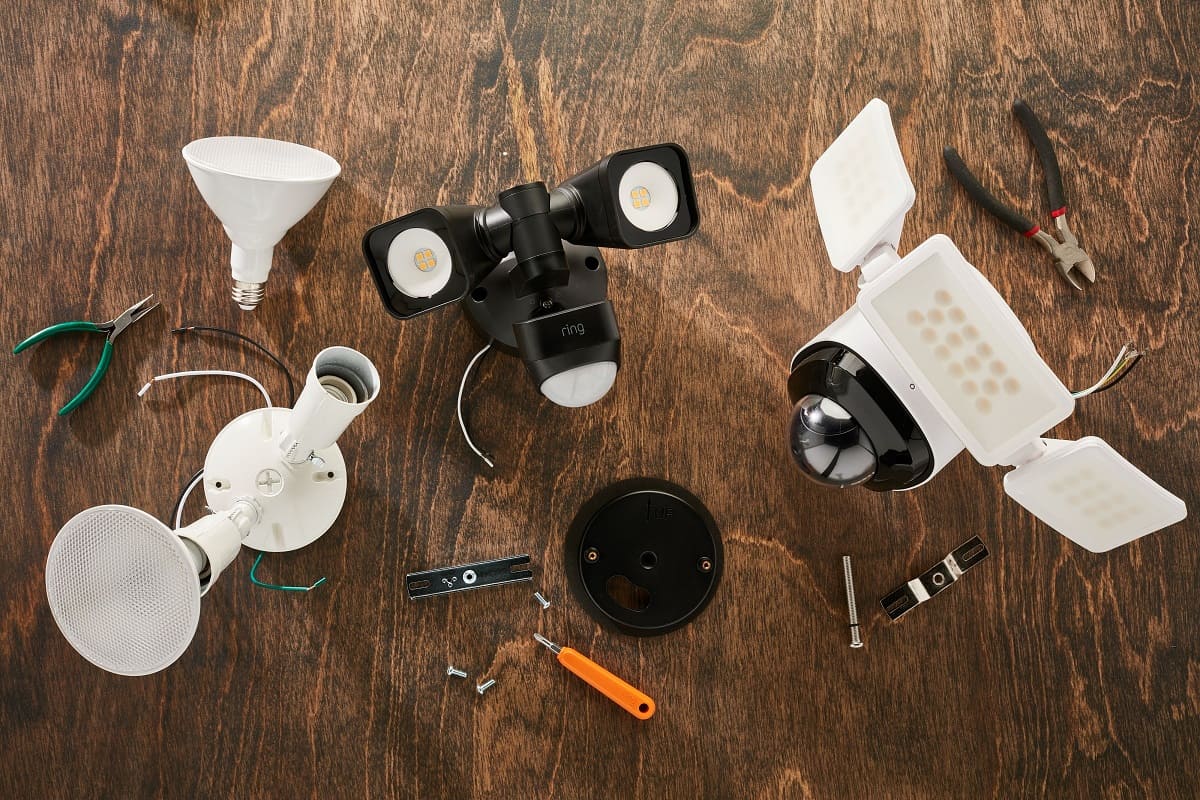

0 thoughts on “What Size Conduit For 12/2 Wire”